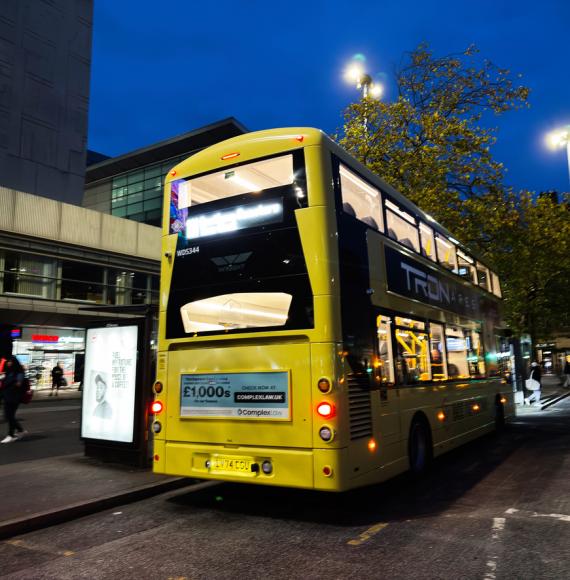Part of a series, in partnership with Liberty Charge this webinar looks at the funding and procurement options for councils to assist with their on-street EV installation requirements.
Choosing the right site and the right charge point type is a challenge for local authorities.
This webinar, which took place on the 22nd of November on the PSE Virtual Events platform, looked to uncover the issues plus deliver ideas and solutions so that local authorities can meet the government’s ambition of 300,000 charge points.
Whilst on the surface connecting a charger to the mains seems simple, there are complications in terms of load, usage, and cost. Considerations need to be taken for example: does a residential street require a charger of 50kW or more? What is the impact on the grid?
How long does a vehicle stay in situ? Should penalties be applied for ‘icing’? Should dedicated bays be allocated? Most would assume on a residential street a vehicle is usually stationary overnight therefore a slower charge point is adequate which may also mean the load on the grid will be less.
As an opposite, an in-town on-street charge point may need to be of a high kW output due to occupation of a parking bay tends to be around 2-4 hours. Again, the potential load on the grid needs to be examined along with the associated costs. All in all, a conundrum for local authorities and planners but solvable.
Host, Matt Croucher, EV Services Director at Liberty Charge was joined by Ollie James, Head of Business Readiness at Virgin Media 02, Elizabeth Bohun Lead Technologist EV Integration at Oxfordshire County Council, Kester Sleeman, ULEV Programme Manager at Black Country Transport and Gail Rowe, Head of Planning and Impact, Liberty Charge to share their experience and knowledge around what they've learnt through the process of selecting sites for EV charging, how to determine which type of charge point is the right solution for that site, how many to put in and when.


















